
ECG Educator Blog Supraventricular Tachycardia (SVT)
Definition The term supraventricular tachycardia (SVT) refers to any tachydysrhythmia arising from above the level of the Bundle of His, and encompasses regular atrial, irregular atrial, and regular atrioventricular tachycardias It is often used synonymously with AV nodal re-entry tachycardia (AVNRT), a form of SVT
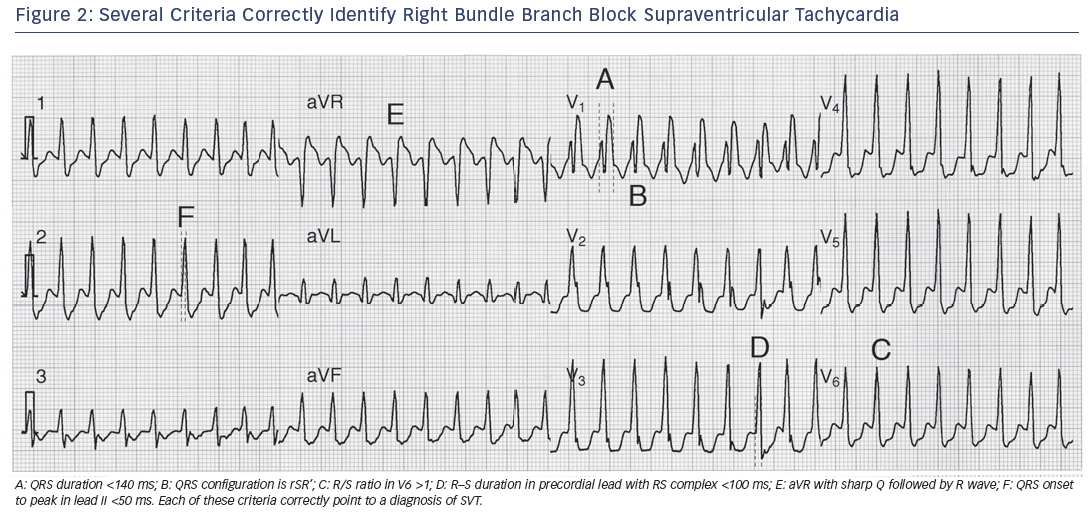
Figure 2 Several Criteria Correctly Identify Right Bundle Branch Block Supraventricular
What is SVT (supraventricular tachycardia)? When your heart rhythm isn't normal or the speed of the heartbeats isn't right, you might have an arrhythmia. There are different names for different kinds of arrhythmias, depending on where they happen in the heart and what causes the problem. Tachycardia means your heart is beating too fast.

Ventricular Tachycardia Vs Svt Images and Photos finder
3 min read When you have supraventricular tachycardia, your heart 's electrical system sometimes makes it beat faster than normal. You can have a bout of SVT even when you're not stressed out.

Float Nurse Sinus Rhythm with Runs of Nonsustained Ventricular Tachycardia
Supraventricular tachycardia is a common cause of hospital attendance and acute admission. With close inspection of the ECG in sinus rhythm at the time of onset, offset and during tachycardia, a diagnosis can often be formulated. This can guide the method and urgency of treatment required, as well as allow initial patient counselling for long.

Catecholaminergic polymorphic ventricular tachycardia doctorvisit
We focus on the most common forms of regular SVT, specifically atrioventricular nodal re-entrant tachycardia (AVNRT), atrioventricular re-entrant tachycardia (AVRT), atrial tachycardia and atrial flutter ( Table 1 ). We have not included atrial fibrillation in this review.

FileSVT overview.svg ECGpedia
Supraventricular tachycardia (SVT) is a dysrhythmia originating at or above the atrioventricular (AV) node and is defined by a narrow complex (QRS < 120 milliseconds) at a rate > 100 beats per minute (bpm).
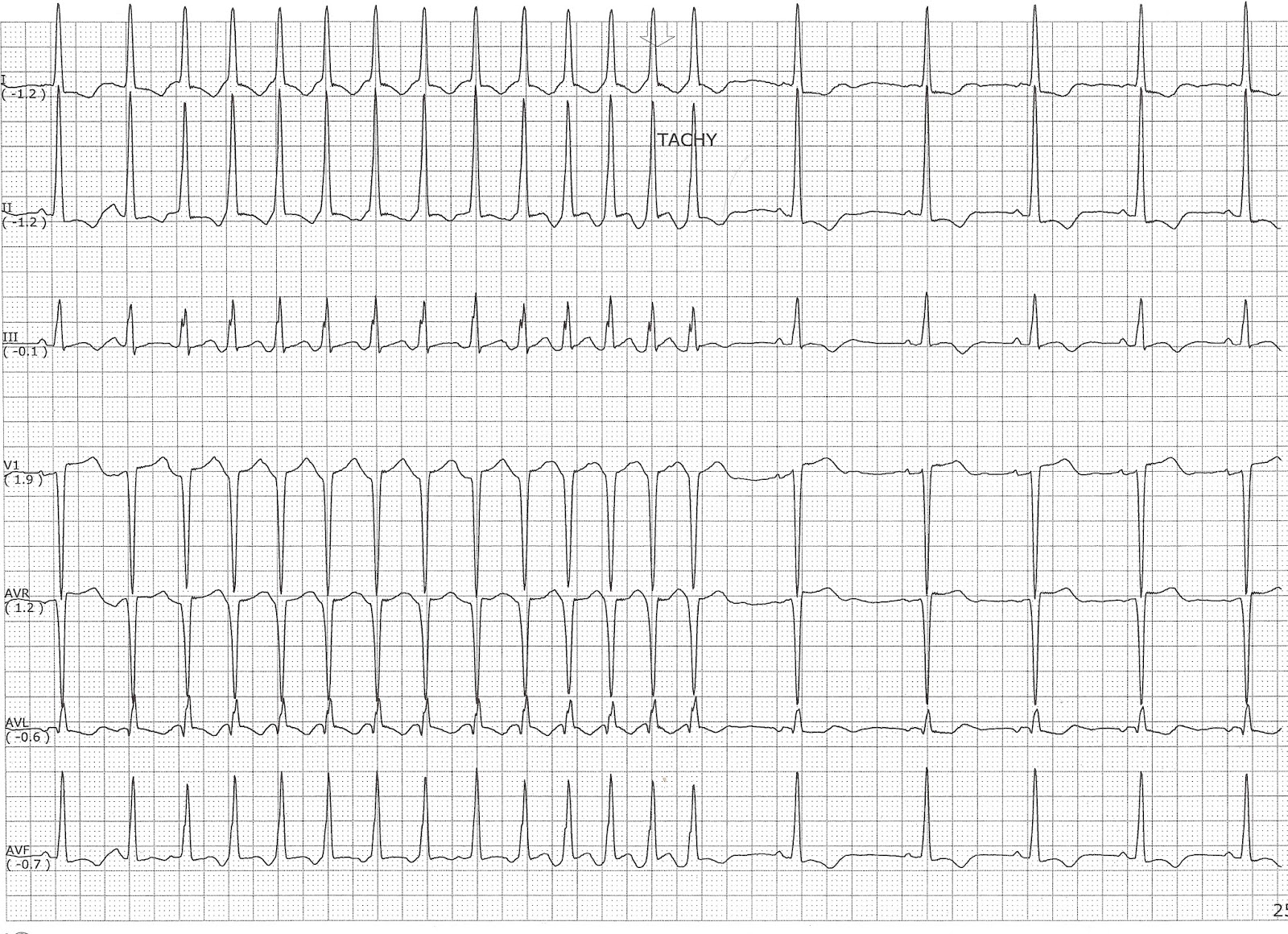
Float Nurse Run of SVT
Medicine treatment may include beta-blockers, calcium channel blockers, or other antiarrhythmic medicines. In people who have frequent episodes, treatment with medicines can decrease how often these occur. But these medicines may have side effects. Many people with SVT have a procedure called catheter ablation.

Podcast 135 Ventricular Tachycardia The Emergency Medical Minute
Mayo Clinic Overview Supraventricular tachycardia (SVT) is as an irregularly fast or erratic heartbeat (arrhythmia) that affects the heart's upper chambers. SVT is also called paroxysmal supraventricular tachycardia. The typical heart beats about 60 to 100 times a minute.
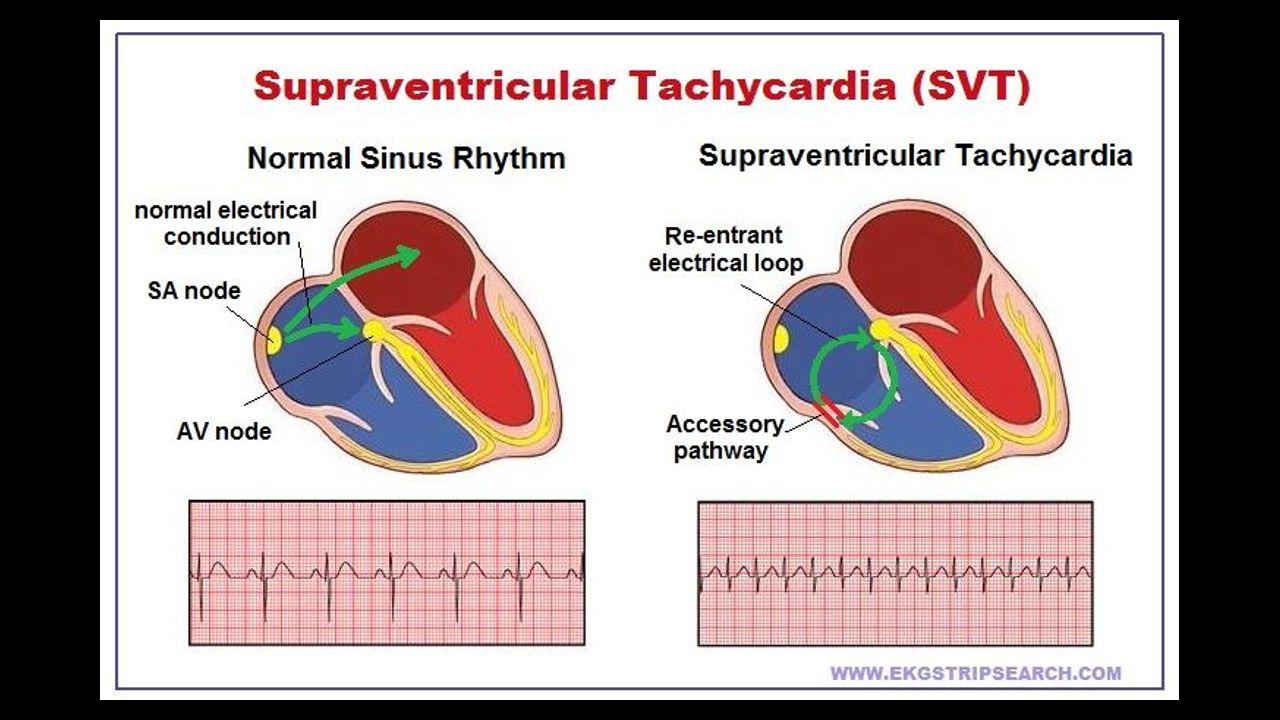
Olivia Health Video Presentation Supraventricular Tachycardia (SVT) Identification and
Paroxysmal supraventricular tachycardia (PSVT) is a type of abnormal heart rhythm, or arrhythmia. It occurs when a short circuit rhythm develops in the upper chamber of the heart. This results in a regular but rapid heartbeat that starts and stops abruptly. What happens during PSVT?

What is ventricular tachycardia? Types, symptoms, treatment
What is supraventricular tachycardia? Supraventricular tachycardias (SVT) is a kind of abnormally fast heart rhythm (heartbeat). It's a problem in the electrical system of the heart. The word supraventricular means above the ventricles. With SVT, the abnormal rhythm starts in the upper heart chambers (atria).

Float Nurse Sinus Rhythm with Runs of Nonsustained Ventricular Tachycardia
Supraventricular tachycardia is actually a group of arrhythmias — or abnormal heart rhythms — characterized by an unusually fast heartbeat. The phrase "supraventricular" means that the issue.
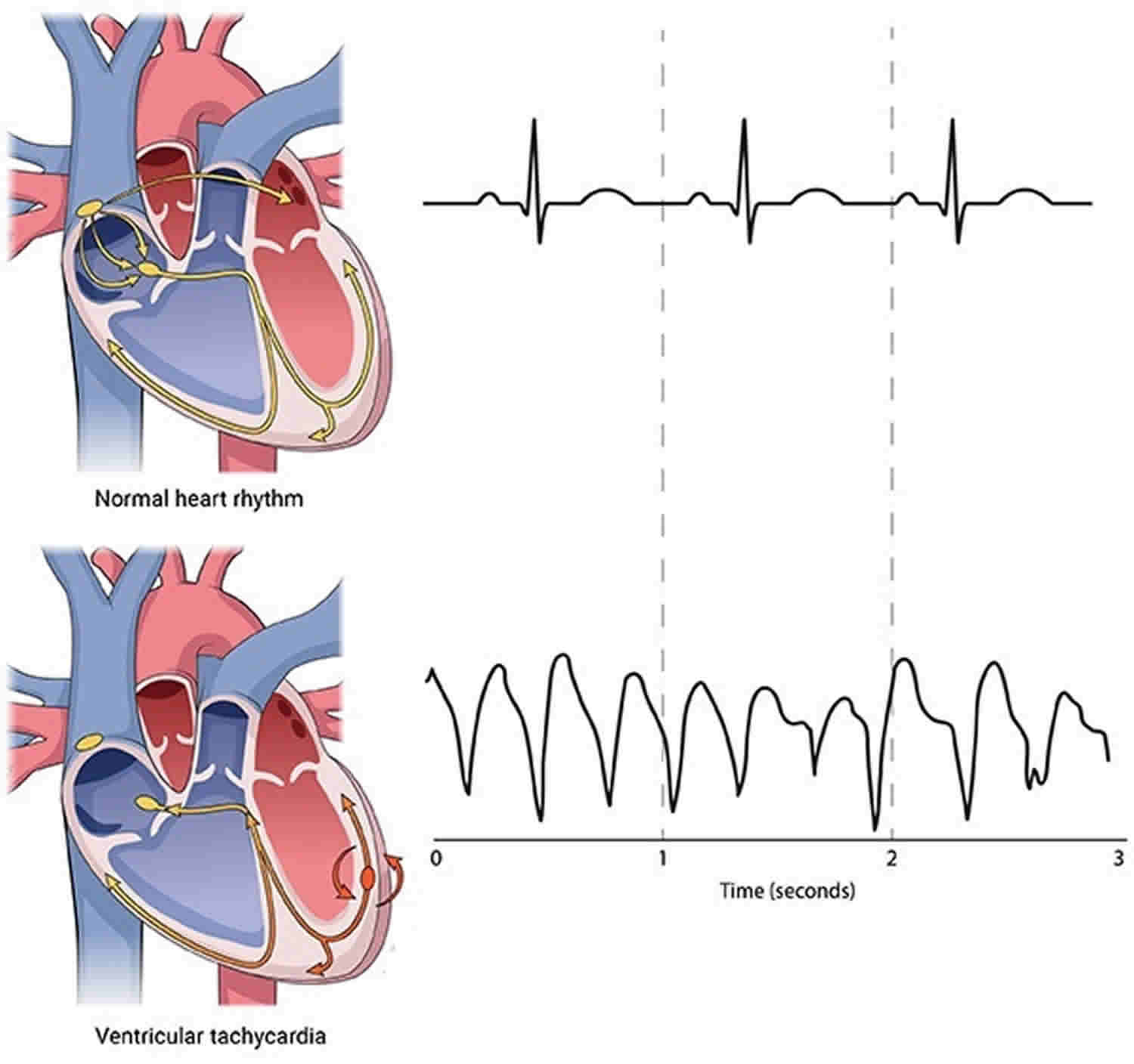
Ventricular tachycardia causes, symptoms, diagnosis, prognosis & treatment
Paroxysmal supraventricular tachycardia (PSVT) is a general term used to describe a type of arrhythmia (irregular heartbeat). Tachycardias are faster-than-normal heartbeats. If you have this condition, your heart may suddenly beat more quickly. Just as suddenly, your heart may slow down and beat at a normal rate.
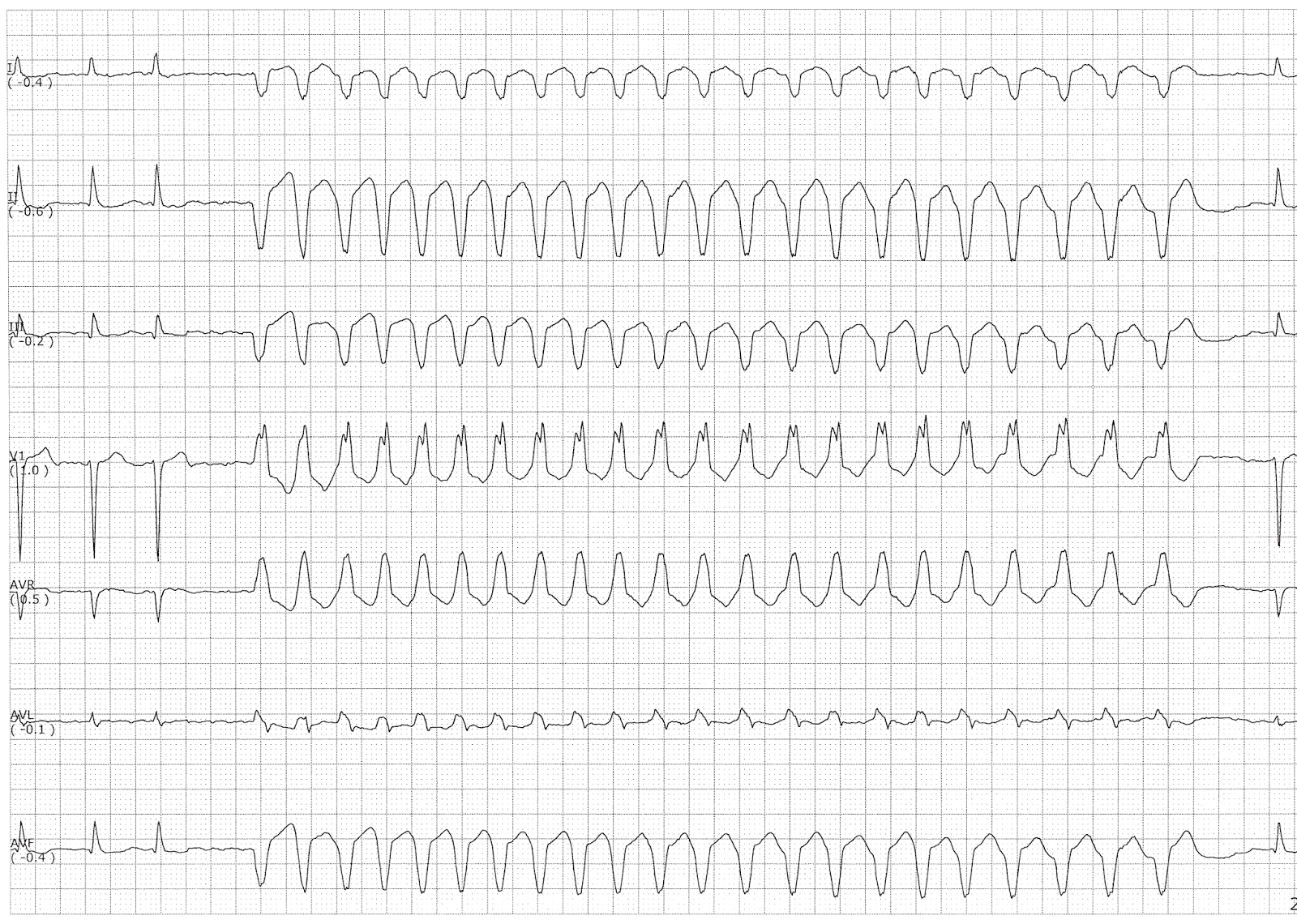
Float Nurse Atrial fibrillation with a Run of Ventricular Tachycardia
Supraventricular tachycardia (SVT) is an arrhythmia initiated above the ventricles, at or above the atrioventricular (AV) node. This cardiac rhythm occurs due to improper electrical conduction within the heart that disrupts the coordination of heartbeats. Early beats occur within the atria of the heart due to improperly functioning electrical.

Holter monitoring shows the runs of polymorphic ventricular tachycardia. Download Scientific
Supraventricular tachycardia (SVT) is a family of cardiac arrhythmias that cause an inappropriately rapid heart rate. SVTs originate in the atria, the upper chambers of the heart . Paroxysmal atrial tachycardia (PAT) is an older name for SVT that you still may hear on occasion.
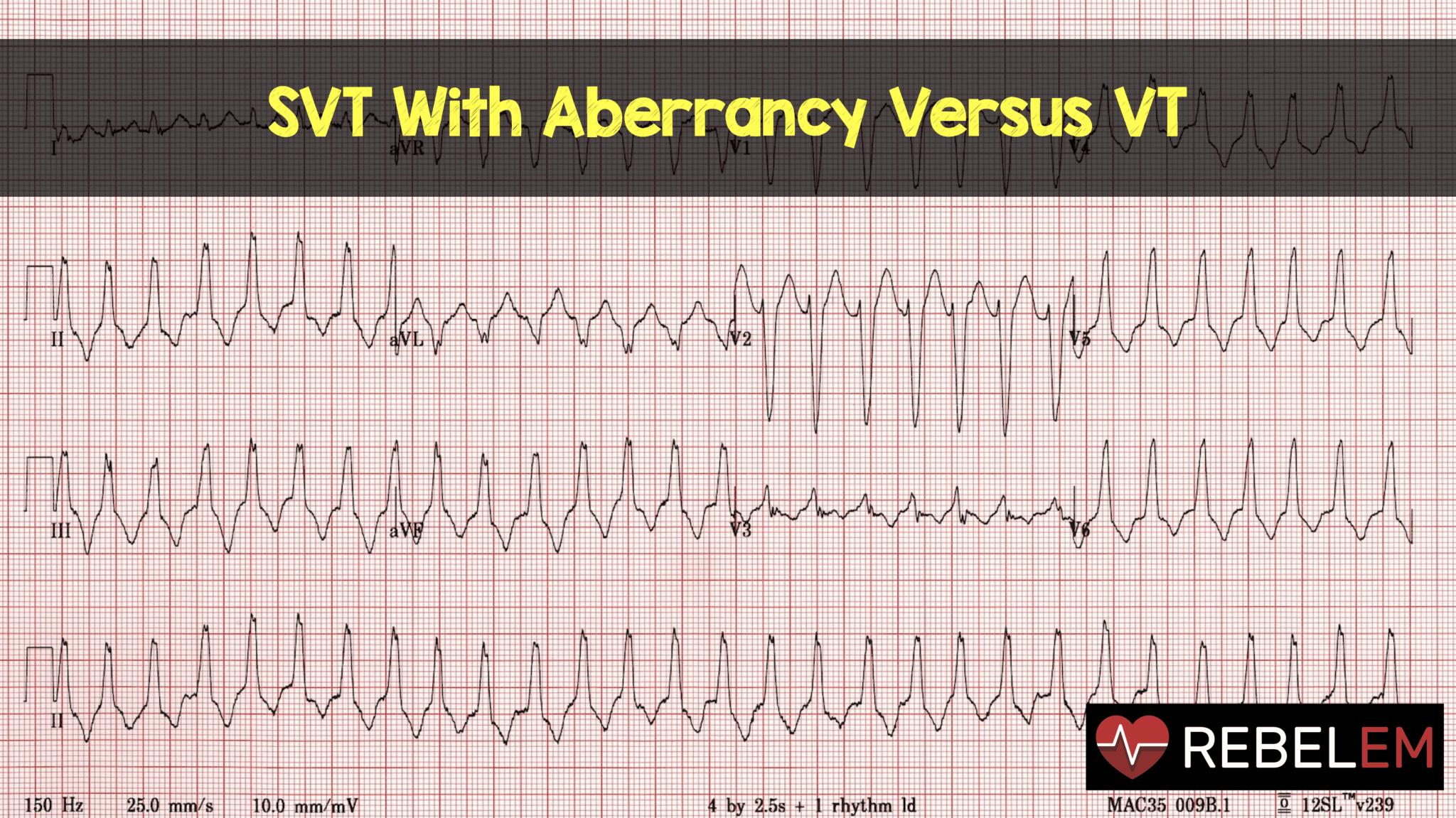
Svt Emdocs Net Emergency Medicine Educationtreatment Of Refractory Svt Pearls And Pitfalls
Supraventricular tachycardia (SVT) is a type of abnormal heart rhythm (also called an arrhythmia) that originates in the heart's upper chambers, or atria, where electrical signals are received. Most types of SVT aren't dangerous on their own.

Various Ventricular Tachycardias
What Is Supraventricular Tachycardia? Supraventricular tachycardia (SVT) is a type of arrhythmia, or an irregular heartbeat, where your heart beats erratically or fast. Also called paroxysmal.